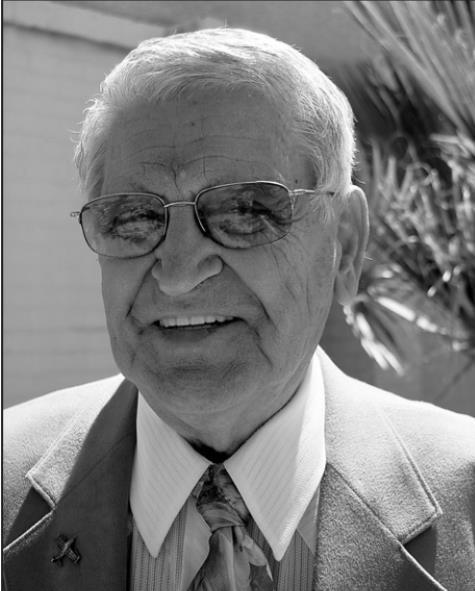
A Word About Recycling with Ollie Maier
Last week we started talking about a Resource Recycling newsletter article concerning a report. The report was by the nation’s largest waste and recycling hauler, the Houston-based Waste Management (WM) company. Today we will continue with it. We’ll start with the recycling of PET plastic bottles (Number 1 on the recycling symbol of chasing arrows; think soft drink bottles).
Concerning the PET bottles, of the three main different resins, an analysis found the PET reclamation sector to be the most consistent. The report stated these PET reclaimers appeared ‘to be well established in the marketplace. (Reclaimer: To retrieve or recover, i.e. using recycled material.)
However, the report showed important regions still lack PET adequate processing. Those areas where the PET generation is the highest is not always where there is enough PET processing.
For example, the Southeast and Southwest account for 55% of the country’s PET processing capacity, Thus, material generated and collected in those regions have a nearby home. But, opposed to that, there are few PET reclaimers in the heavily populated areas of the Northeast and Northcentral. (178)
Some stats on PET. “Overall, the U.S. generates about 7.3 billion pounds of PET containers and packaging per year, of which about 1.9 billion pounds are recovered for reclamation.” Currently, the U.S. has the means to process nearly 2.6 billion pounds.
We find about 27 PET reclaimers are operating in our country. The largest markets for this recycled PET are: 1) Fiber (like carpets, bags) at 47%; 2) Food and Beverage Bottles at 21%; and 3) Sheet film at 19%. Some of the other smaller markets are strapping and non-food bottles.
Going to HDPE (Number 2 on the chasing arrows; think milk, water, jugs plus some plastic grocery bags), the examination by the Waste Management group found even with a number of reclaimers, as supply and demand go up and down, they also tend to come and go.
They found that last year our country made about 7.5 billion pounds of HDPE containers and packaging. Of this about 1.3 billion pounds were processed into resin, although they have the capability to do about 1.8 billion pounds a year.
They also found the amount of HDPE collected varied by region just as the PET. The areas that produced the most had the smallest processing capability. Of the 28 reclaimers, the Southwest only has about 5% capability although they generate 16% of the nation’s HDPE.
Some of the uses for the resin from the collected HDPE are non-food bottles (37%), pipe (33%), lumber and decking (8%). Smaller amounts also go into lawn and garden use, automotive, film and sheet, crates and buckets, pallets, etc.
Another plastic type most of us don’t hear much about is PP (Number 5 on the chasing arrows), probably because so little of it was used. However, more and more of it is being used and recycled (think food in plastic containers that can be warmed/ cooked in the microwave, yogurt, cream cheese, sour cream, etc. containers).
The top 10 reclaimers account for almost 60% of that recovered. Total recovered is about 420 million pounds of about 3.7 billion pounds of the PP made each year. Fortunately, they currently have the capability of doing at least 504 million pounds. (And as the recycling of it is becoming more widespread, the extra capability will probably be needed.)
Till next week, wishing you a very safe, happy, and healthy week.











